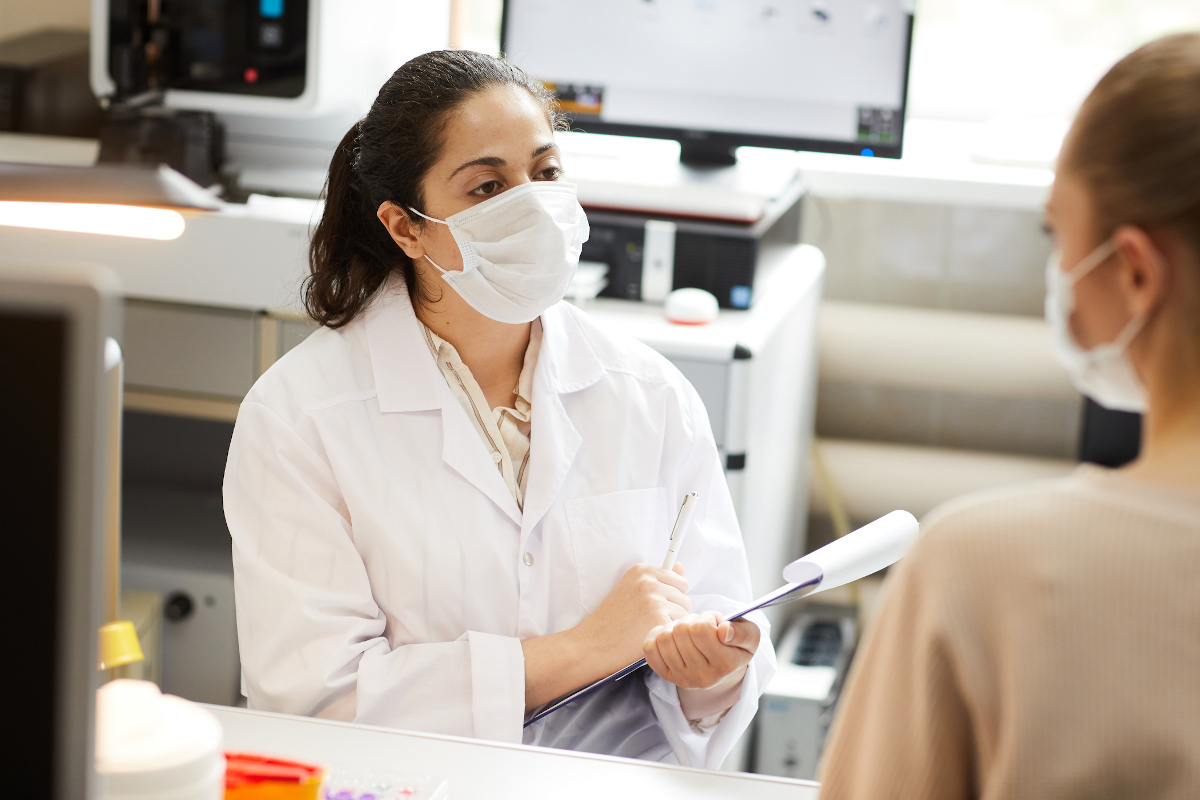Social distancing and lockdowns may have reduced the spread of COVID-19, but researchers from Penn State College of Medicine also report those actions may have affected clinical researchers’ ability to finish trials. Study completion rates dropped worldwide between 13% and 23%, depending on the type of research sponsor and geographic location, between April and October 2020.
Researchers previously reported that more than 80% of clinical trials suspended between March 1 and April 26, 2020, noted the pandemic as their chief reason for halting activity. Patient enrollment in studies was lower in April 2020, compared to April 2019. Arthur Berg, associate professor of public health sciences, and Nour Hawila, a biostatistics doctoral candidate, investigated how these trends may have affected the completion of clinical trials.
The researchers examined more than 117,000 trials in the United States, Europe, Asia and other regions to study whether the pandemic affected clinical research. Their goal was to assess how the pandemic’s mitigation efforts and financial setbacks may have contributed to decreased clinical trial enrollment and completion.
“The pandemic has made it more difficult for researchers to recruit and follow up on patients in clinical trials,” said Hawila, a research assistant from the Department of Public Health Sciences. “This analysis revealed that the impact was substantial — particularly for trials funded by government, academic or medical entities.”
Hawila and Berg analyzed data from ClinicalTrials.gov, a website that contains information on the status of thousands of clinical trials in the U.S. Pre-COVID-19 enrollment and completion data was pulled from March 2017 to February 2020. The post-COVID-19 period was defined as April through October 2020.
According to researchers, the pandemic reduced the number of new interventional clinical trial submissions to ClinicalTrials.gov by about 10%. Completed trials were down 13% to 23%, depending on the sector and location of the trial source. Clinical trials sponsored by pharmaceutical, biotechnology and therapeutic companies were more likely to complete enrollment.
However, some regions fared better than others during the pandemic. Egypt experienced an increase in both submitted (69%) and completed (73%) clinical trials. Berg explained that the rise is likely in response to the country’s recent parliamentary bill governing medical research.
Berg and Hawila also noted that the pandemic caused a shift in research priorities — 472 (11%) of trials submitted during the post-COVID period were pandemic-related. The results were published in the journal Clinical and Translational Science.
“Clinical research response to the pandemic has been robust,” said Berg, a Penn State Cancer Institute researcher and biostatistics doctoral program director. “But the impact of the pandemic on other types of clinical trials will be felt for decades to come. However, as demonstrated in Egypt, timely governmental action may be able to make a difference in reversing the pandemic’s impact on research.”
This work was supported by the National Institutes of Health and the National Center for Advancing Translational Science through Penn State Clinical and Translational Science Institute (UL1 TR002014). The content is solely the responsibility of the authors and does not necessarily represent the official views of the NIH. The authors declare no conflicts of interest.
